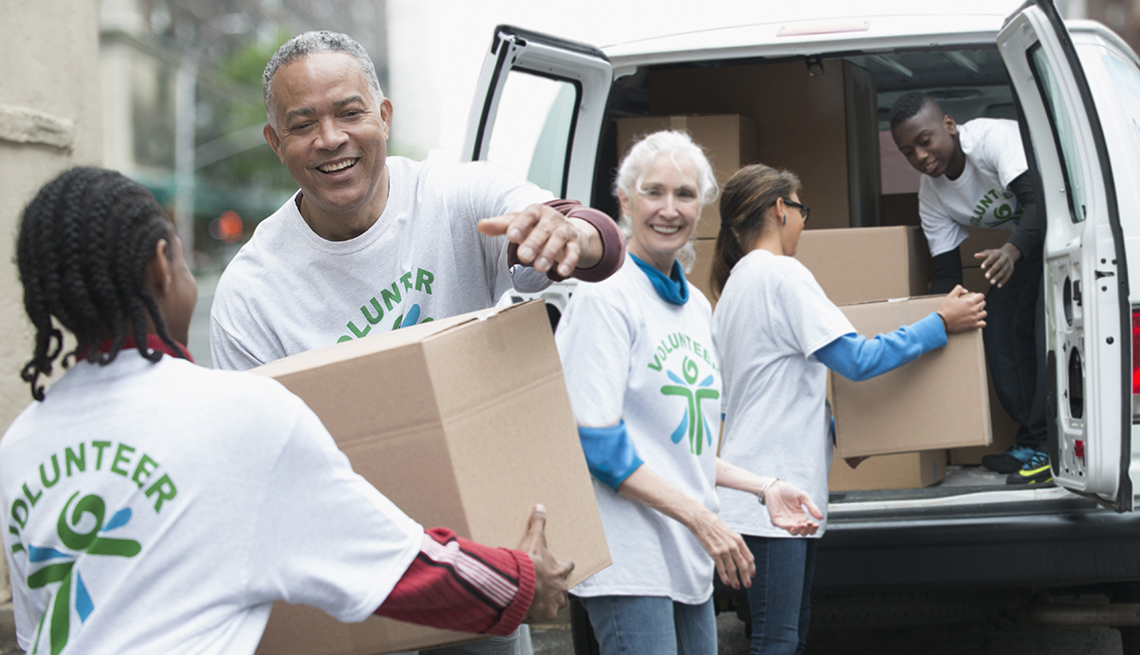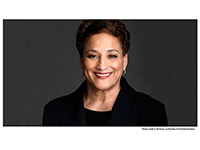People Over 50 Are Fueling America's Economic Engine
It's time to recognize their financial muscle and invest in older adults
En español | As we enter this election year, we're likely to hear many candidates pontificate that the aging of the population is an economic drain on the federal budget and the nation — citing costs of programs like Medicare and Social Security, which, of course, older Americans have supported with tax dollars for many years.
But this narrative ignores the enormous positive impact that people 50 and older have on the economy and on the social ties that bind us together.
As the number of people over 50 grows, that age cohort is transforming markets and sparking new ideas, products and services across our economy. And as people extend their work lives, they are fueling economic growth past the traditional retirement age. They earn wages, spend more money, generate tax revenue, give back to social causes and create demand for products and services that stimulates job growth.
At the same time, they are challenging outdated myths and stereotypes about aging. According to AARP's “Longevity Economy Outlook,” released in December, people 50 and older contribute $8.3 trillion to the U.S. economy and create an additional $745 billion in value through unpaid activities, such as volunteering and family caregiving.
The economic activity of people 50-plus supports 88.6 million jobs in the U.S., generates $5.7 trillion in wages and salaries, and accounts for $2.1 trillion in combined taxes.
That impact has grown steadily in recent years. When AARP began researching the economic power of people 50 and older in 2013, we found that they generated $7.1 trillion in economic activity. Three years later, that had grown to $7.5 trillion. The 2019 report reflects an 11 percent growth in economic impact, a 6 percent growth in jobs created and a 12 percent growth in wages and salaries over the most recent three-year period.
While people 50-plus comprise 35 percent of the population, they supported 44 percent of jobs in 2018.
As we look ahead to 2030, the numbers will increase even more dramatically. In 2018, people 50 and older spent 56 cents out of every retail dollar spent. By 2050, that will be 61 cents of every dollar.
Another major contribution that older people make is through unpaid activities, such as caring for aging parents, supporting grandchildren and volunteering. In addition, people 50-plus donated $97 billion to charities in 2018.
This “Longevity Economy Outlook” is a wake-up call to businesses, policymakers and other leaders to rethink their attitudes.
Business leaders need to build strategies for marketing their products and services to older Americans and to embrace a multigenerational workforce. Politicians need to honor their contributions and to come up with ways to support their caregiving and volunteering activities.
The “Longevity Economy Outlook” shows the value of older Americans. It is time the country's leaders acknowledged that.


